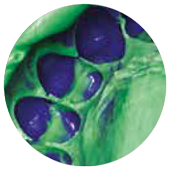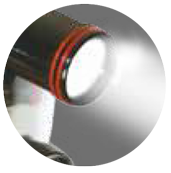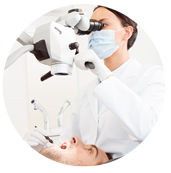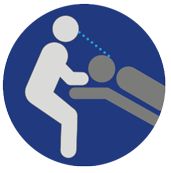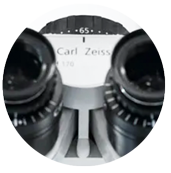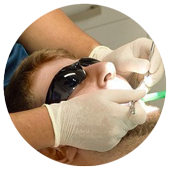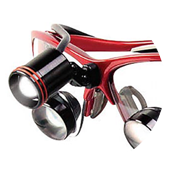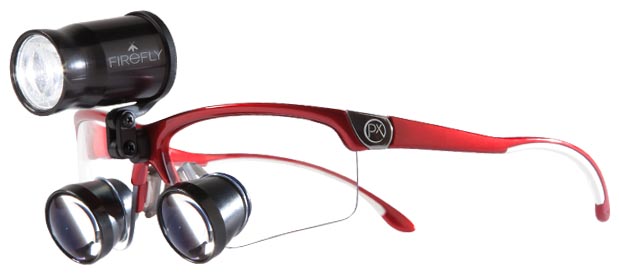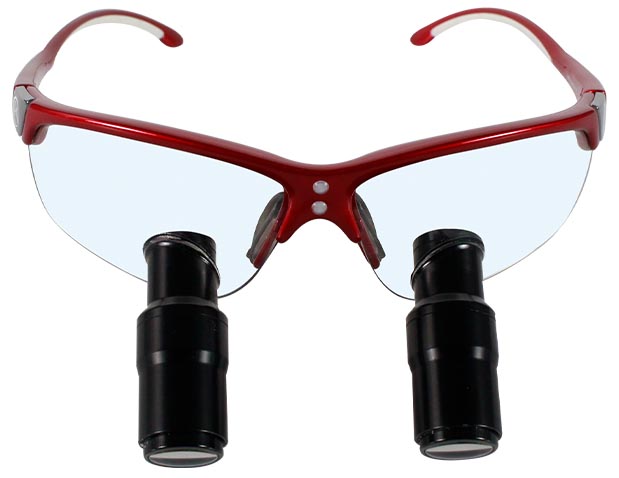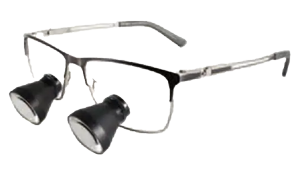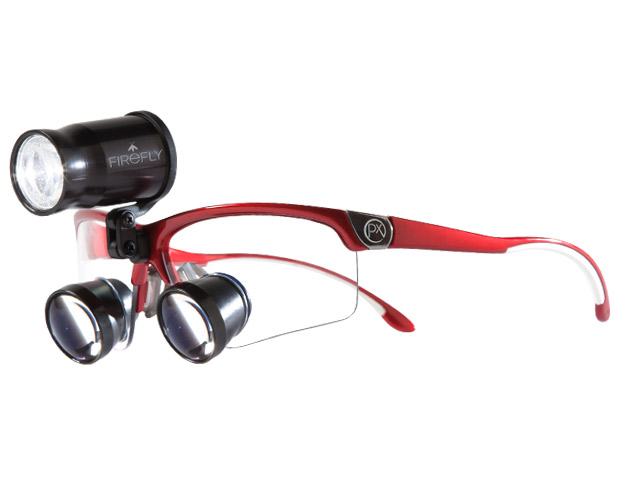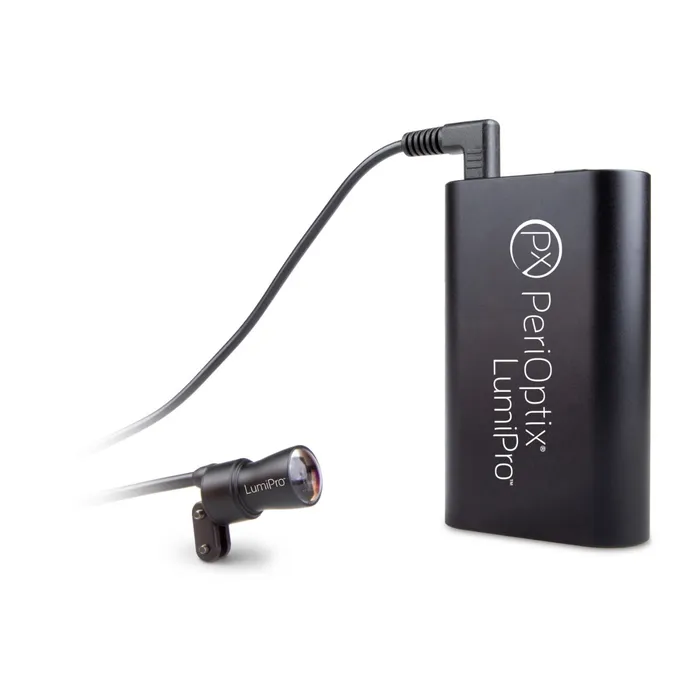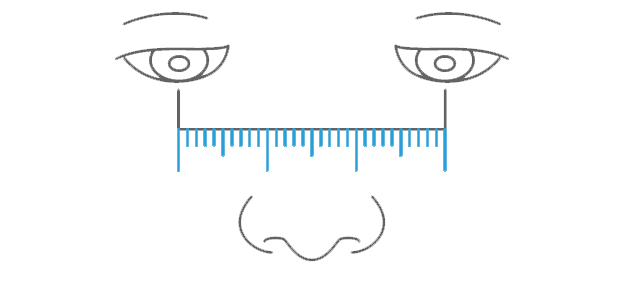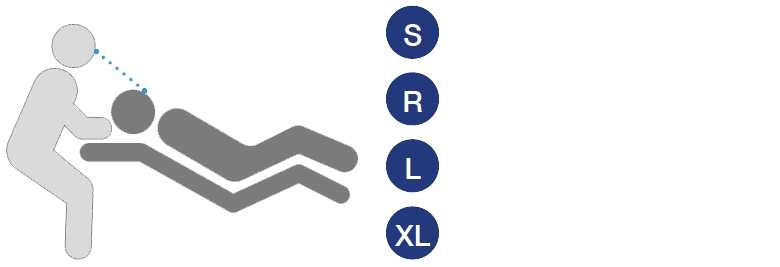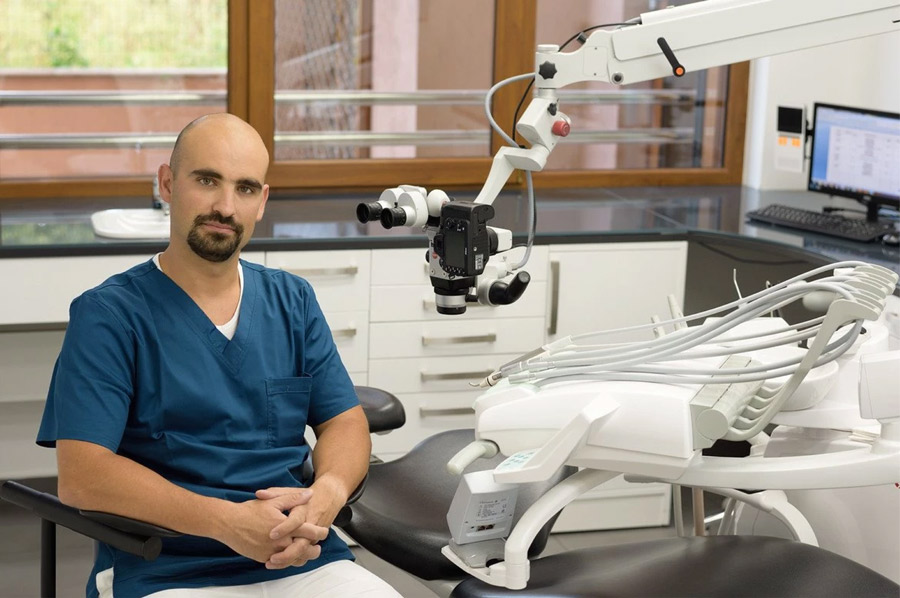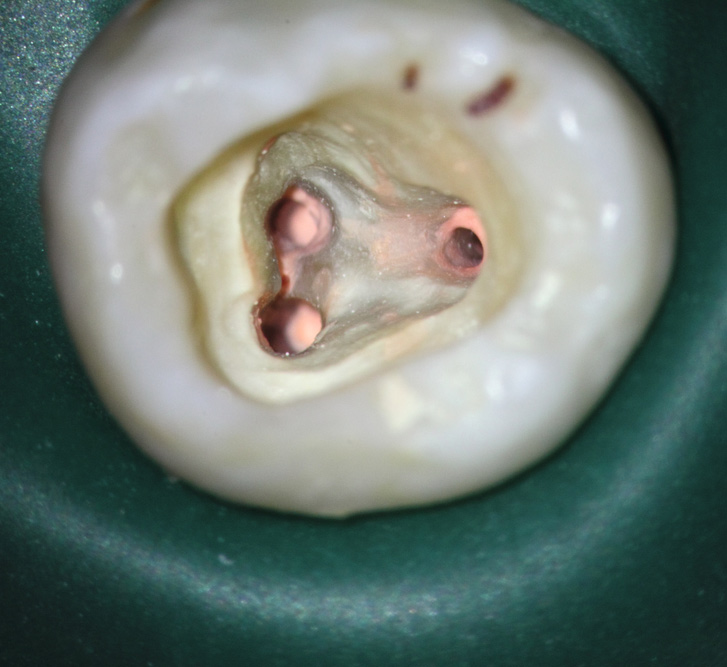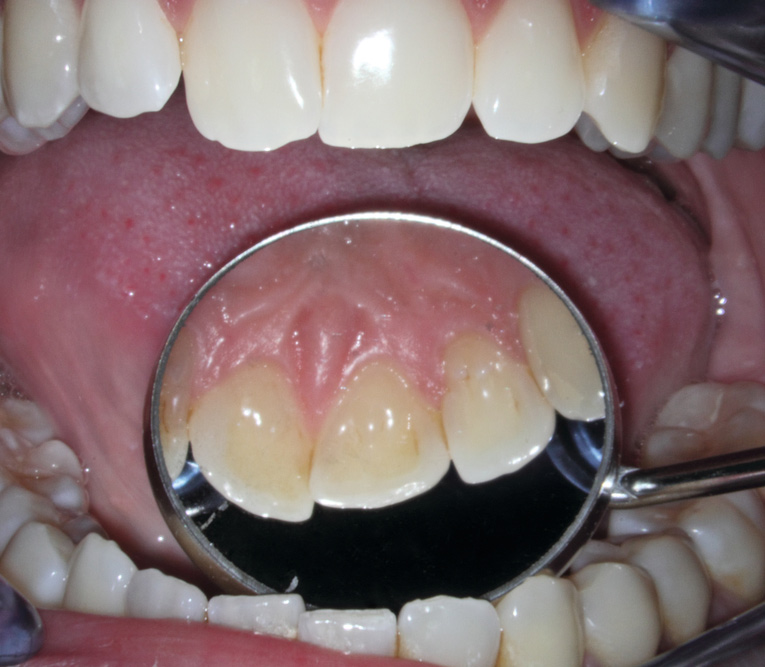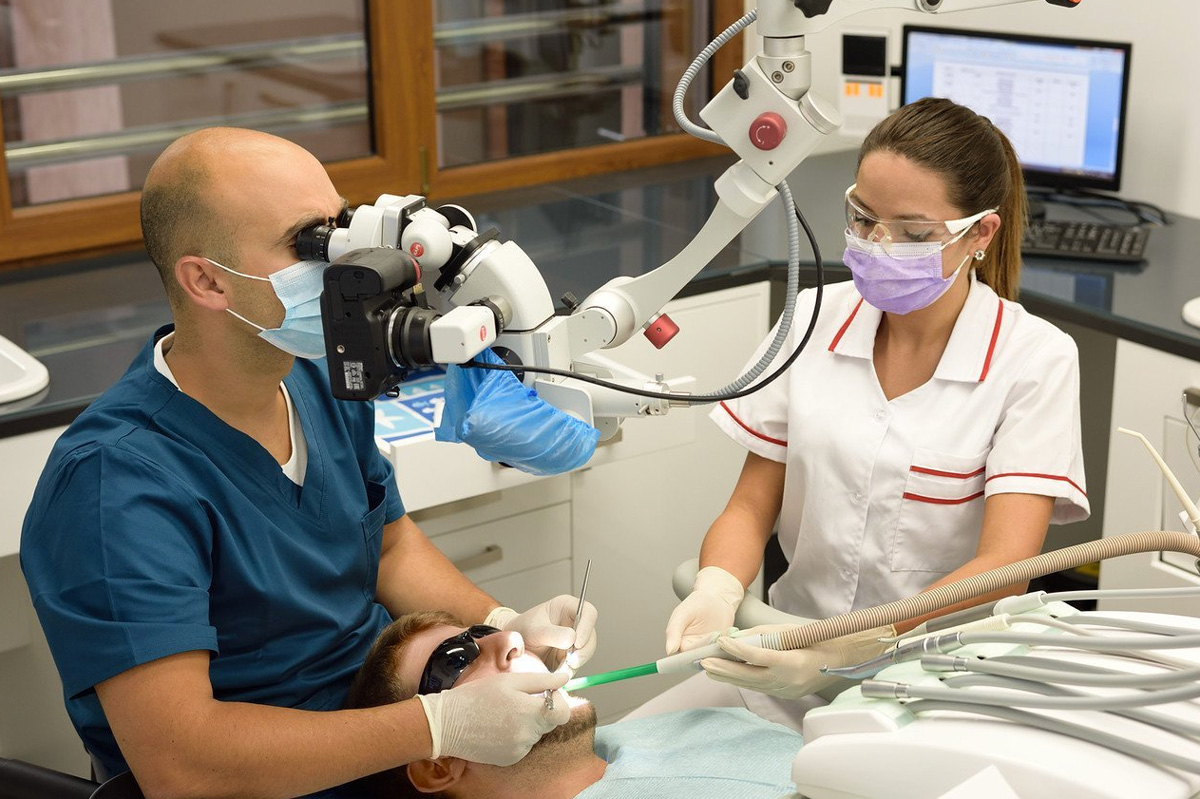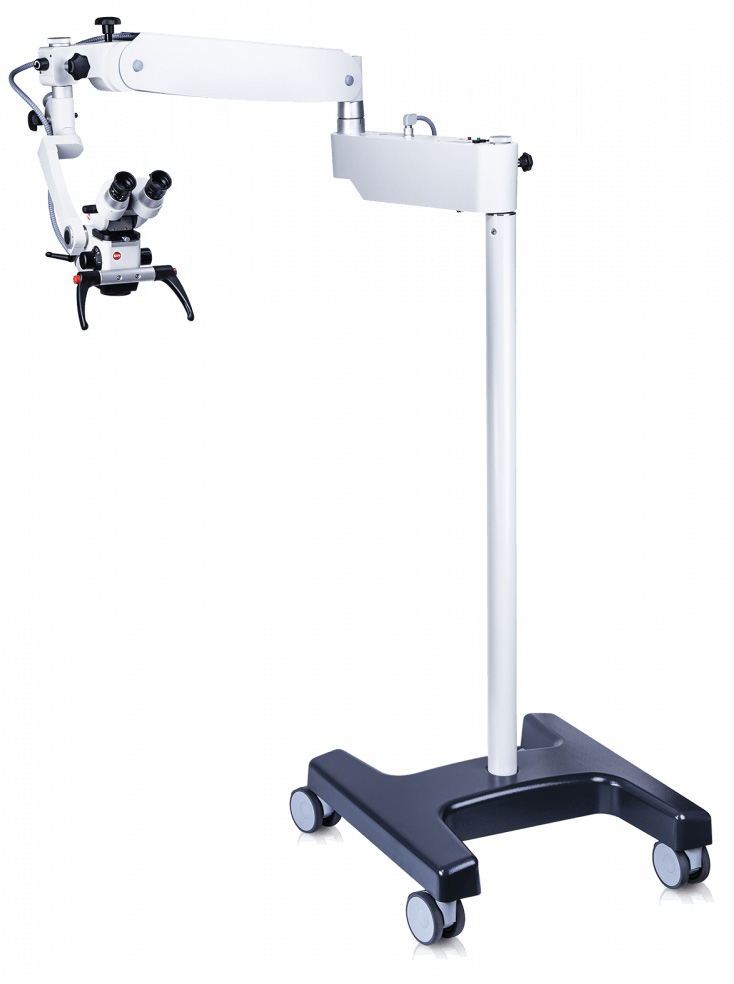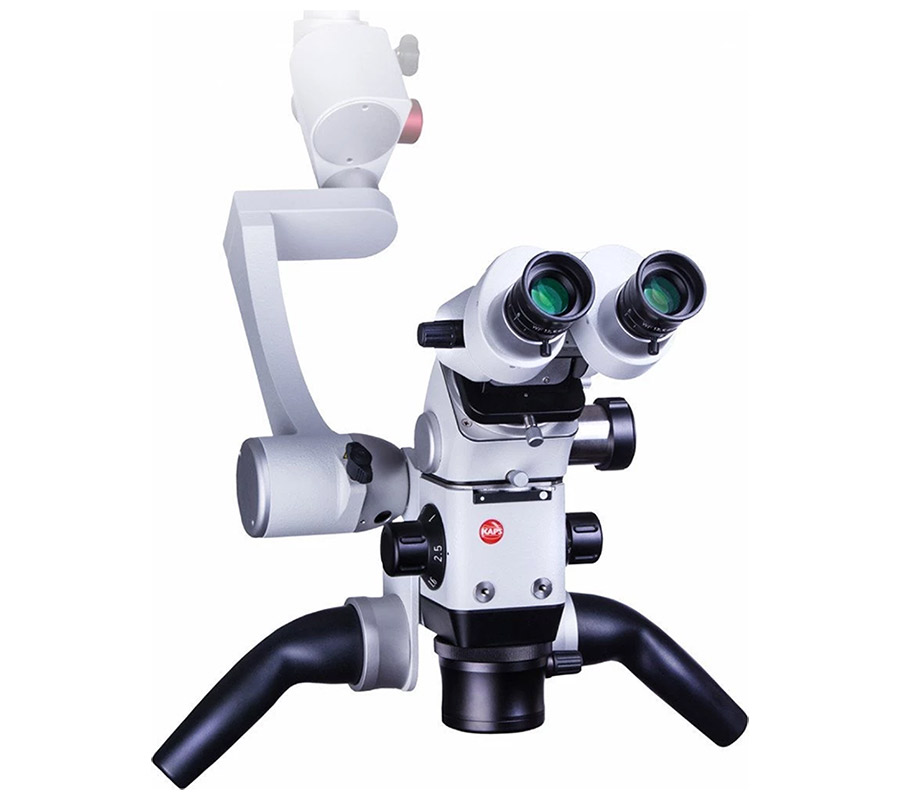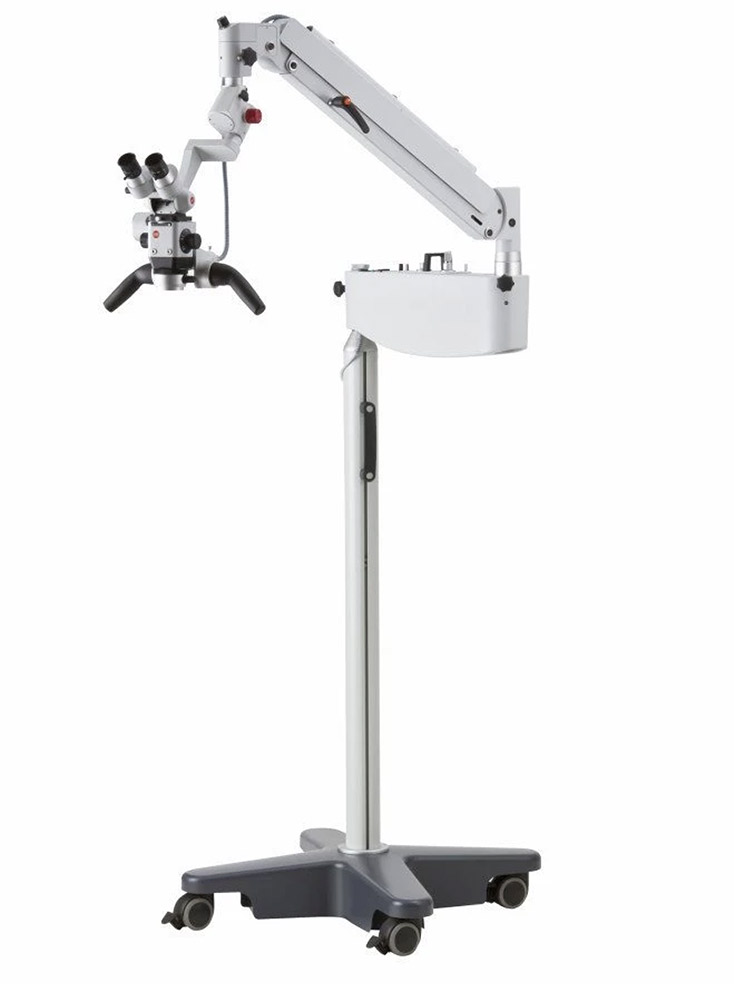There are five key areas in which microscopes offer distinct advantages and benefits to the clinician:
- Magnification
- Illumination
- Precision
- Visualisation
- Ergonomics
Magnification: this is determined by the power of the eyepiece, the focal length of the oculars, the magnification changer and finally the focal length of the lens.
Microscopes normally provide between 3x and 30x magnification with the ability to change views. Microscopes offer a deeper depth of field of view and a wider field of view than dental loupes.
Illumination: When magnification is used, the available light is spread out and the image appears darker. To compensate for this, an LED light, mounted directly on the microscope head provides a bright, white light.
Precision: Increased targeted magnification using a microscope enables dentists to see the treatment area in great clarity and therefore aids the completion of detailed work.
Visualisation: Dentists can only treat what they see. When using a microscope, the lens can be positioned directly over the patient’s mouth without any additional discomfort either for patient or clinician.
Ergonomics: When using a microscope dentists can be seated always upright in an ergonomically healthy position, which means a more comfortable working environment, particularly for longer procedures. This is aided by microscope heads that swivel laterally as well as moving horizontally. Some treatment centres also have slow motion movement which helps this even more.

